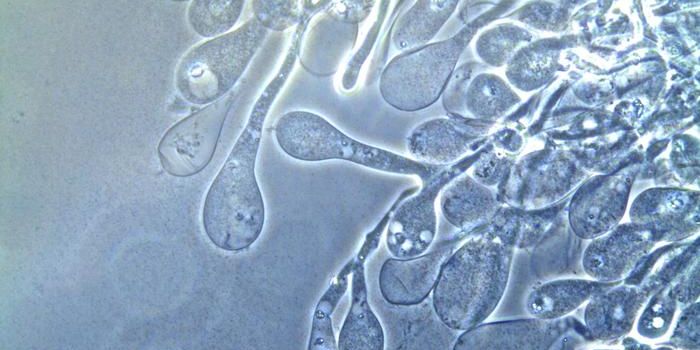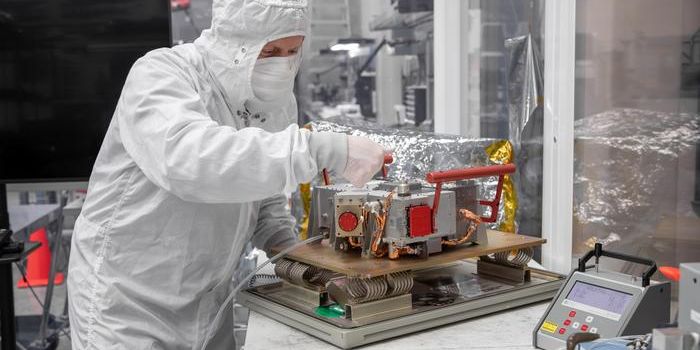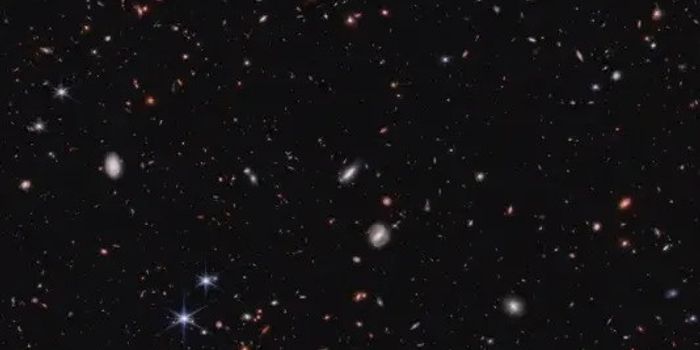Dying Stars Could Enrich the Interstellar Medium with Carbon Nanotubes
In a paper recently accepted for publication in the Journal of Physical Chemistry A, researchers at the University of Arizona suggest that carbon nanotubes could be created in the envelopes of gas and dust that surround dying stars.

Carbon nanotubes are cylindrical molecules that are composed of sheets of single-layer carbon atoms (or graphene) that are rolled up. They can have diameters of 1-100 nanometers, and can reach lengths of several micrometers. Complex carbon molecules were discovered in the interstellar medium in the 1980’s, but until now scientists did not understand how such molecules could form in space.
The team of scientists at the University of Arizona designed an experiment to recreate conditions similar to those found around dying stars. To recreate this planetary nebula environment, the team obtained samples of silicon carbide, a molecule that is abundant in dust grains of planetary nebulae. The team then heated the samples to temperatures that would exist around dying stars – or 1,050 degrees Celsius. As the samples came up to temperature, small hemispherical structures about the size of 1 nanometer were observed to form on the surface of the dust grains. Within a few minutes, these structures began to grow into rod-like structures, which contained several layers of graphene with curvature and dimensions that would indicate a tubular form. The resulting nanotubes were about 3-4 nanometers in length and width; the largest specimen observed was composed of more than 4 layers of graphitic carbon. The tubes eventually wiggled off the surface of the dust grains, simulating that they would be released into space.
Thus, the team was able to show that when exposed to conditions found around dying stars, silicon carbide could be transformed into carbon nanotubes. These results support the idea that dying stars produce complex molecules (such as carbon nanotubes and other complex carbon molecules), enriching the interstellar medium. These results have important implications for astrobiology, providing a mechanism for complex and carbon-rich molecules to be produced, transported to planetary systems, providing the building blocks for life.
Source: University of Arizona








